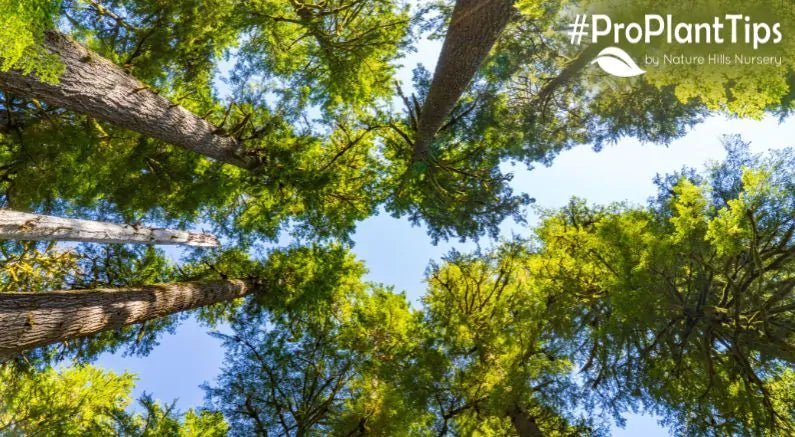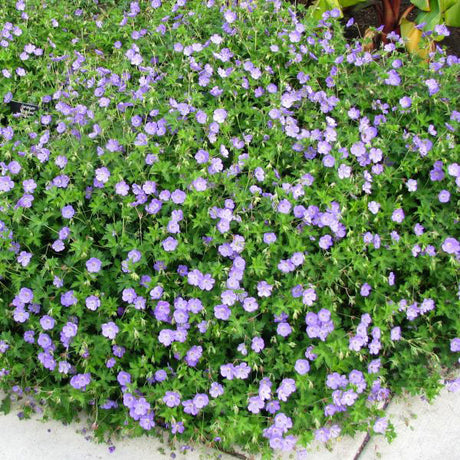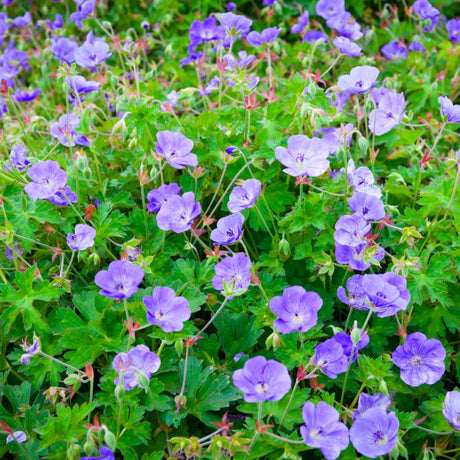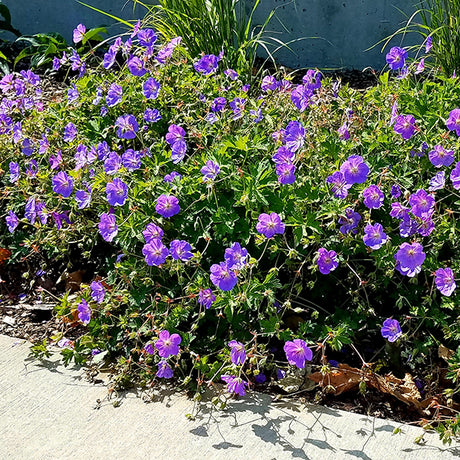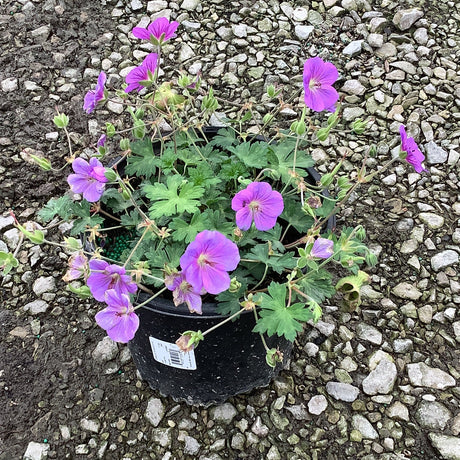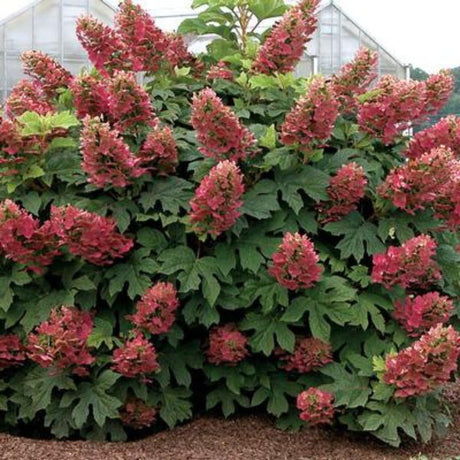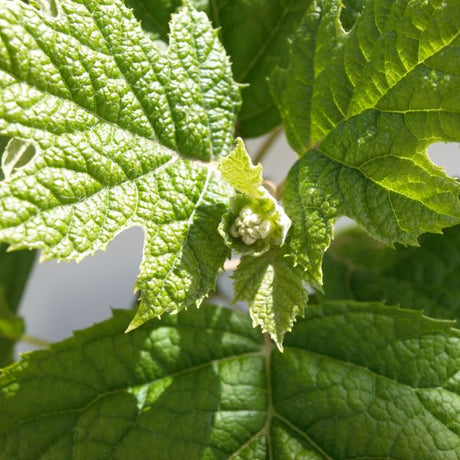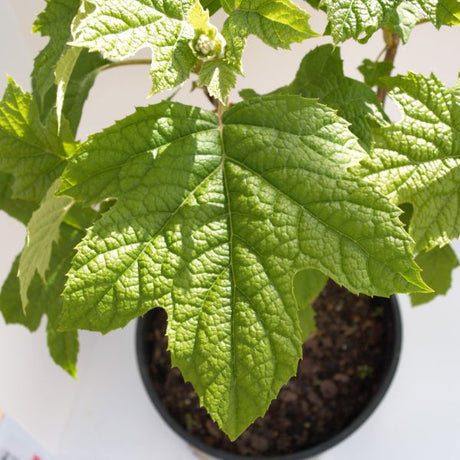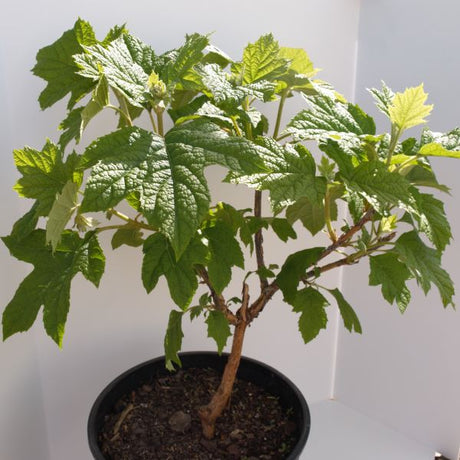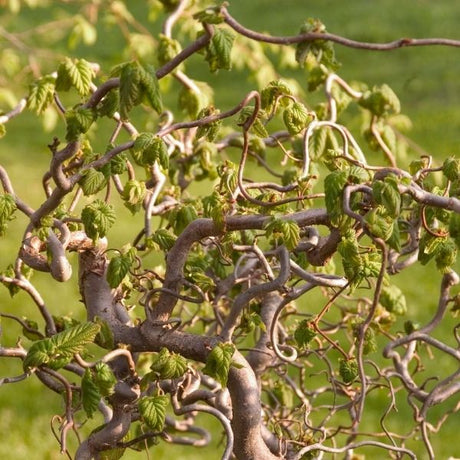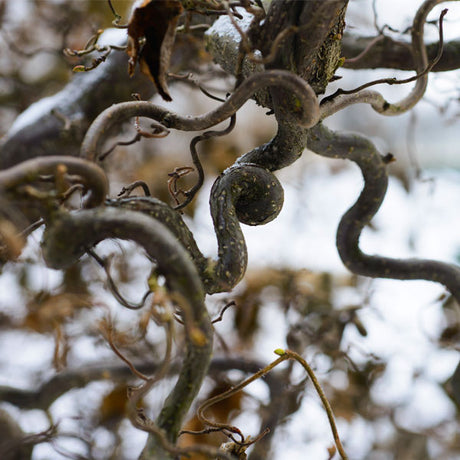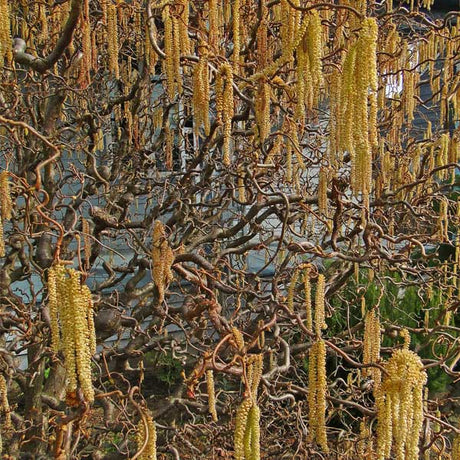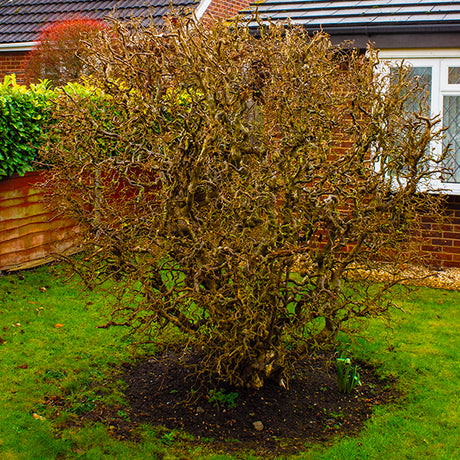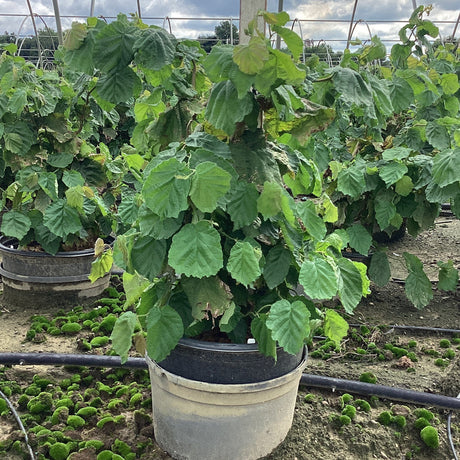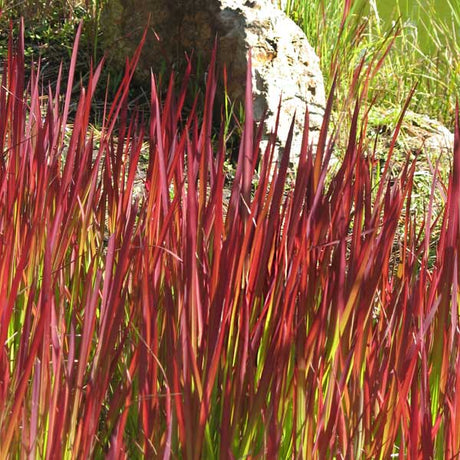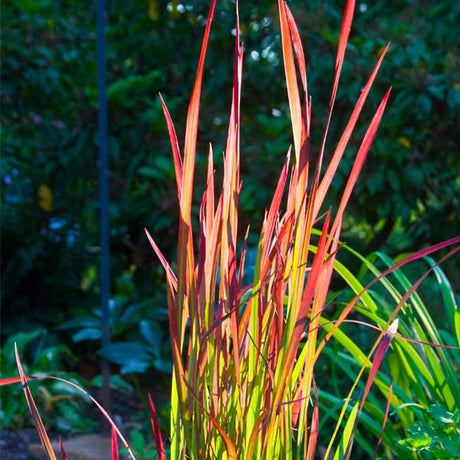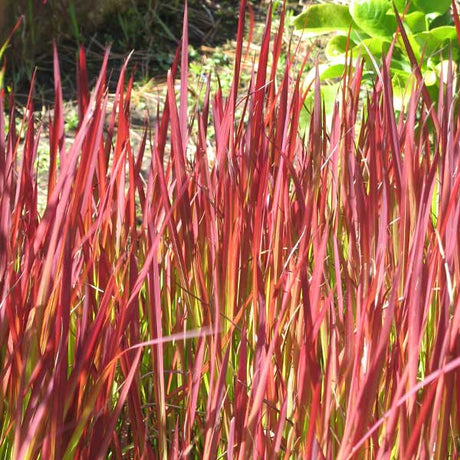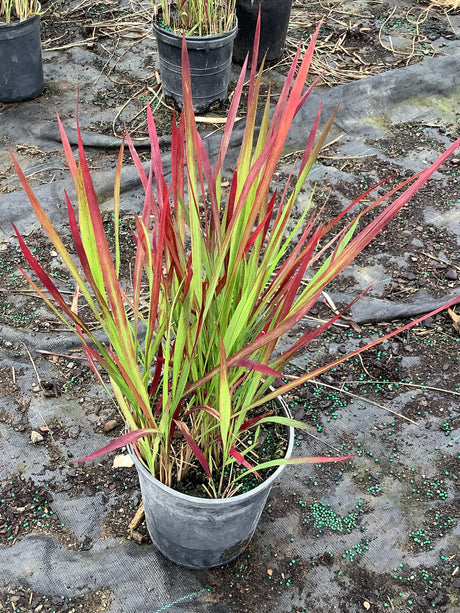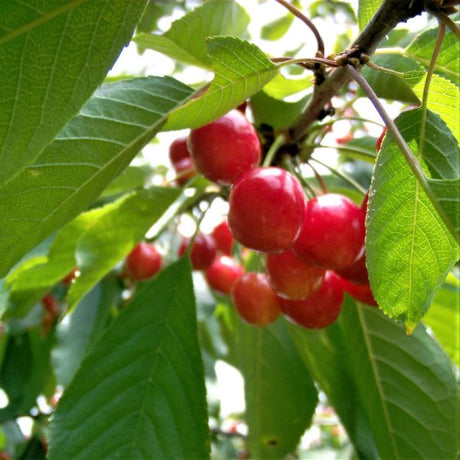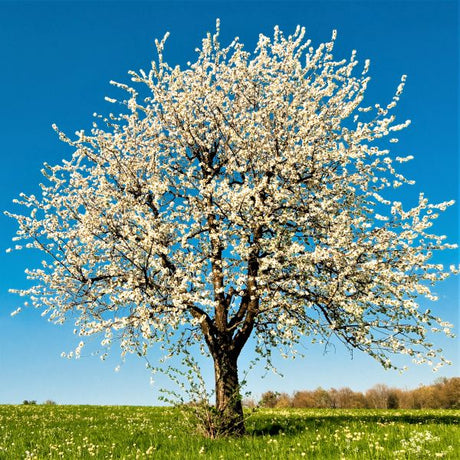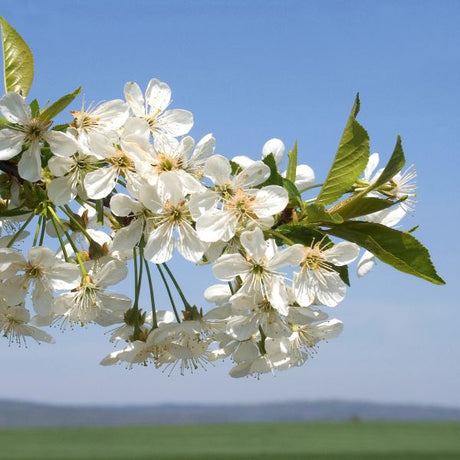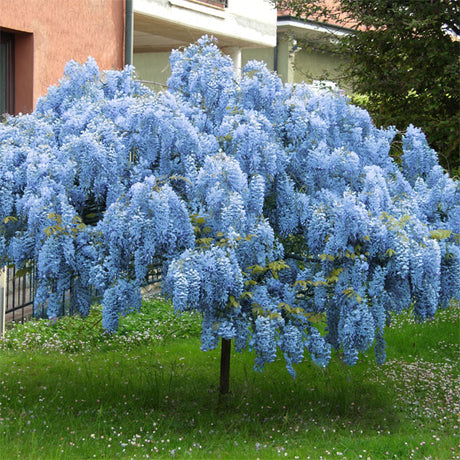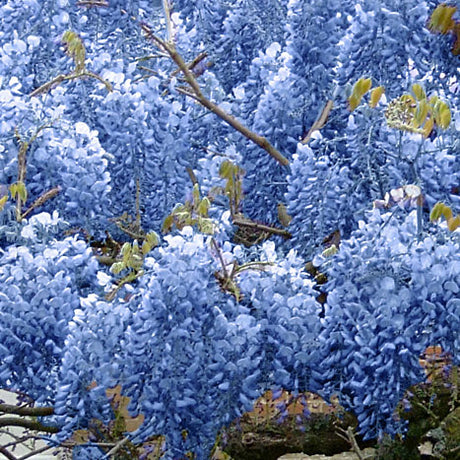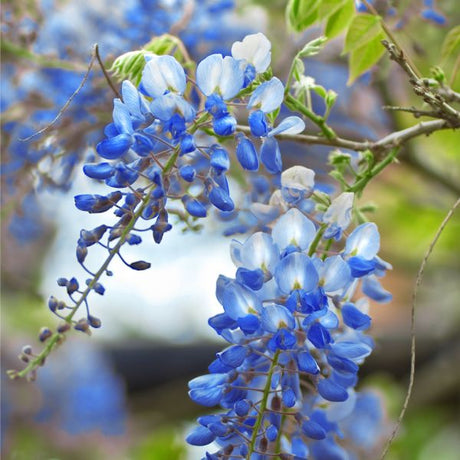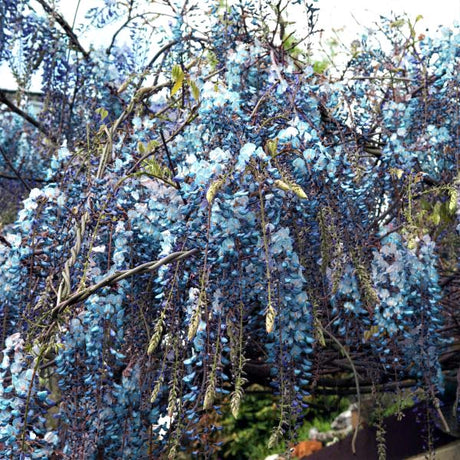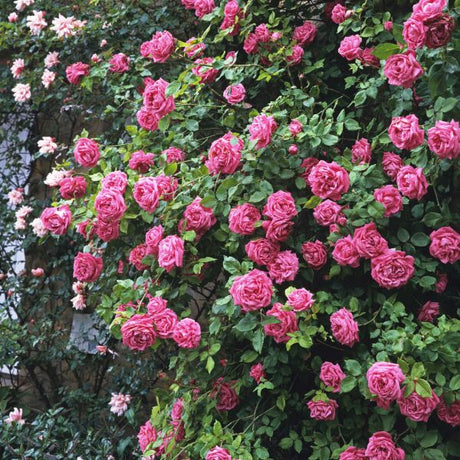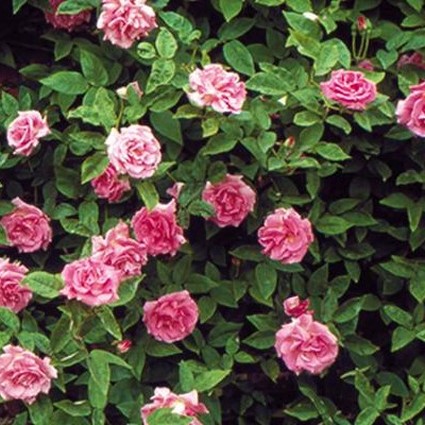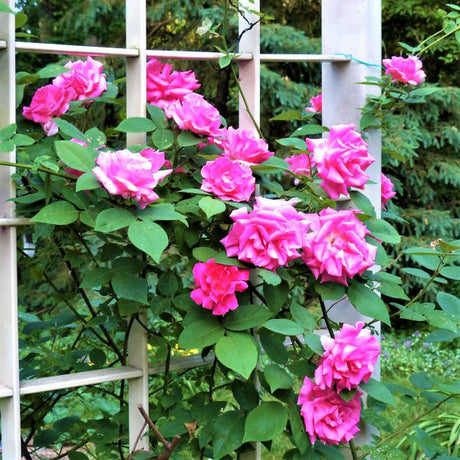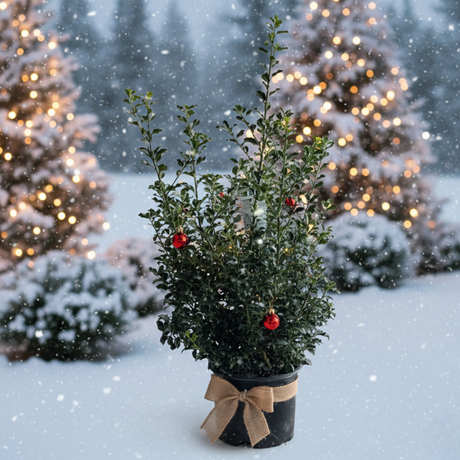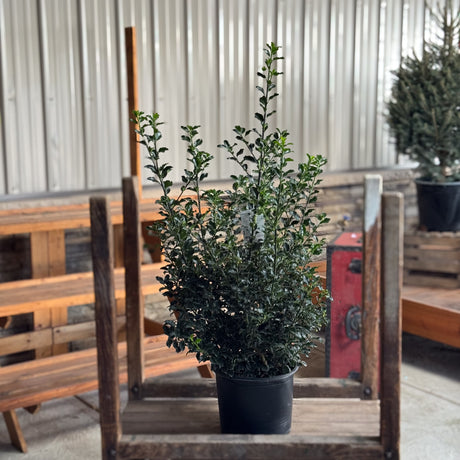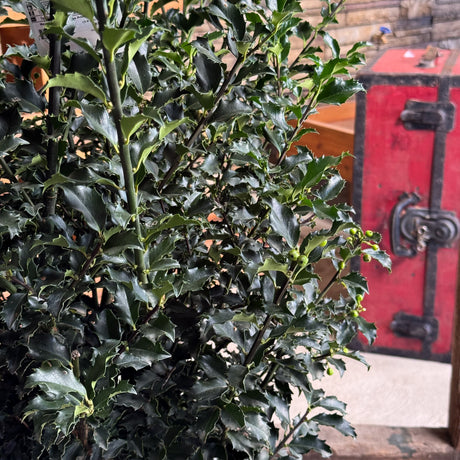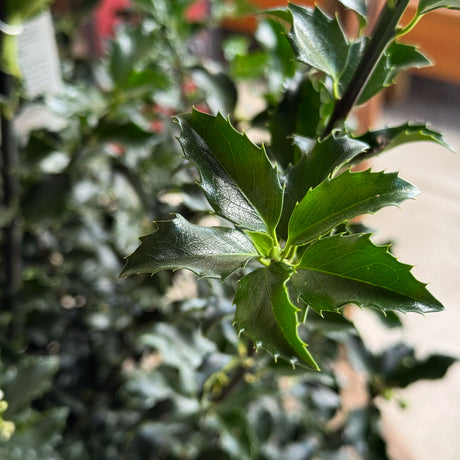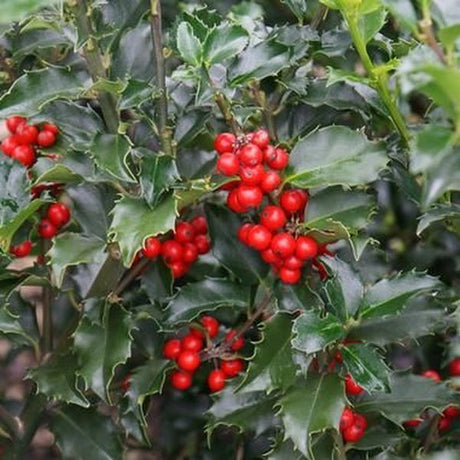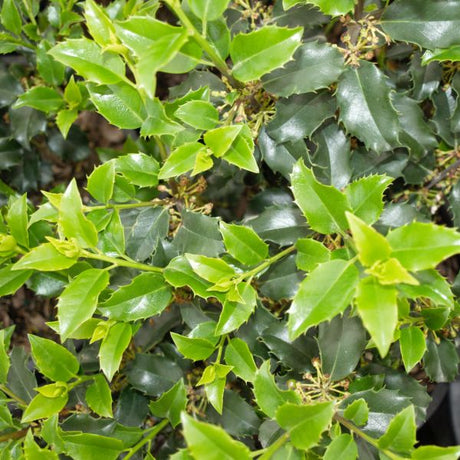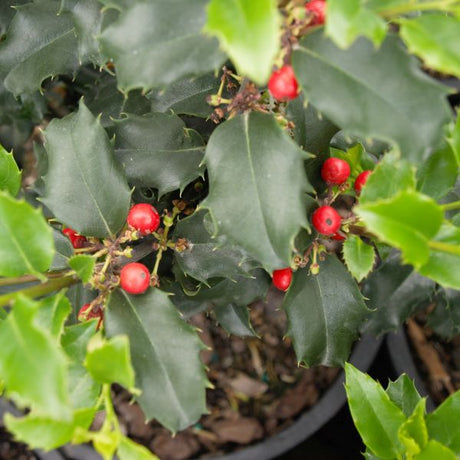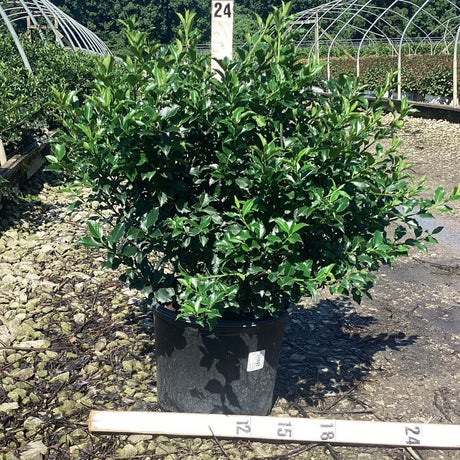There are so many wonderful varieties of Evergreen trees around the United States! Sometimes, when you are out for a stroll, you may find yourself referring to all of them as just Pine Trees.
However, there are many different varieties of coniferous evergreen trees out there! With a bit of practice, you’ll be able to pick out the differences and tell them apart! Once you know the basics, you’ll be identifying these year-round green trees up close and from afar like a pro!
Today, in Part 2 of Nature Hills Nursery’s Evergreen Tree identification series, it’s all about the heavenly Hemlock Tree!
The Hemlock Tree Basics
Members of the Pine tree family, Hemlock trees are lovely and often pendulous, dark green beauties. The Northeastern US forests are filled with Hemlock Trees! With the genus Tsuga, these soft-needled conifers have very short foliage that lies in a flattened arrangement alongside each branch and branchlet.

Handling cold and even shade, the Hemlock Tree is a unique Conifer! Found growing natively throughout the Northeastern parts of the US and Canada, as well as Central and Eastern parts of Asia, where they have cooler summers and cool, moist temperate regions that receive high rainfall, with minimal water stress.
The graceful pyramidal shape features gently drooping branches. Some say the very tops of these trees generally nod to the north out of respect for the cool and moist northern regions where they prefer to grow. The bark was used by Native Americans medicinally and for tanning leather, and dying wool because of the high amount of tannins.
Hemlock Foliage & Growth

- New growth is in small tassels of bright green
- Growth Rate is slow to medium, 12-24 inches per year
- Soft, short, flat sprays of dark green mature needles with rounded ends - not sharp!
- Two white lines down the length of the underside of each needle
- Usually have conical crowns
- The bark is gray to brown, scaly, deeply furrowed/fissured, revealing cinnamon-red
- One of the few Conifers that can handle shearing and be trained into hedges
Hemlock Tree Cones

Male cones are small and yellow at the bases of needles along the branches. They almost look like little bubbly clusters and are very tiny. Female cones are marble-sized, purple when young, and brown when mature. They are sometimes called wood roses!
- Cones held at the branch ends
- Female cones are tiny - only 3/4ths of an inch long, round, and papery
- Wind-pollinated
Hemlock Tree Facts
- Very long-lived - up to 800 years for some species
- Unlike the Poison Hemlocks, Tsuga species are not poisonous
- One of the few Evergreens that handle full-to-part shade
- The needles have been used for producing tea and perfume
- Can get to be over 100 feet or more, but typically much smaller in the urban environment.
Named for the needles' scent when crushed was supposedly similar to the unrelated Poison Hemlock plant. Eastern and Western Hemlock are not poisonous or toxic at all.
Hemlock Trees at Nature Hills!

Handling shade and loving moist, deep, highly organic soils, the Hemlock is a unique evergreen tree!
Canadian Hemlock (Tsuga canadensis)
Also known as the Eastern Hemlock, the Canadian Hemlock is a hardy North American native that handles partial shade. The elegant silhouette is full of short, dark green needles that are delicately arranged along the stems, and are grayish on the underside. They can be pruned and maintained in a more formal look, or allowed to grow naturally. The furrowed bark on older trees is a reddish-cinnamon color and looks fantastic. These long-lived trees can live for hundreds of years!
Alpha Upright Canadian Hemlock
Don’t have room for a large Hemlock? Look into the Alpha Upright Canadian Hemlock that is 6 - 8 feet in height and only spreads 3 - 4 feet wide! These are just as soft and fluffy as their larger cousins, but great for backdrops, as hedges and privacy, or in large planters in sun to shade!

Other Hemlocks Native To The US

Nature Hills Nursery is excitedly working to offer more variety for you every year! Check out some other great US Hemlocks that we hope will hit the website one day soon!
Western Hemlock (Tsuga heterophylla)
The Western Hemlock (Tsuga heterophylla) is a native that dominates much of the Pacific Northwest. At home in rocky soil, adding to its tough adaptability, this giant can grow to 150 feet or more and live for centuries.
Mountain Hemlock (Tsuga mertensiana)
Another native to the West Coast of North America is found between Southcentral Alaska and south-central California. Unlike flat-arranged Canadian Hemlock, Mountain Hemlock has whorled needles in gray-green to silvery white. The purple young cones stay small like others in the family but are a bit longer.
Carolina Hemlock (Tsuga caroliniana)
Growing along the Blue Ridge Mountains, Carolina Hemlock trees are considered endangered and love the moist, cool, shaded areas of your landscape instead of heat and sun. Having a shaggier appearance, the needles tend to be longer and have longer cones, too. The stout branches are horizontal and often pendulous.
False Hemlock (Pseudotsuga macrocarpa)
Also known as Bigcone Douglas Fir, Bigcone Douglas Spruce, and Desert Fir, the Pseudotsuga macrocarpa isn’t a real Hemlock but is native to the mountains of Southern California. More similar to Douglas Fir than Hemlocks, even the cones look more like the Douglas.
Heavenly Hemlocks at Nature Hills!
There are about 10 species of Hemlock found in North America and eastern Asia. Their fragrant and drooping, deep green foliage and wood rose cones are unique in the Evergreen family! Plus their ability to thrive in the shade!
Include this fantastic Conifer variety in your windbreak, shelterbelt, or privacy hedge, as well as a fantastic front yard specimen! Hemlock Trees always add elegance all year round!
Contact your local County Extension Office to see if a Hemlock tree will perform well in your area! Check back for Part 3: Fir Trees!
Happy Planting!

